New Faculty - Fall 2023

We take great pride in being a school whose faculty has included such luminaries as Herman Mark, known as the “Father of Polymer Science,” and Ernst Weber, who did pioneering work with microwaves. We take equal pride in our newest faculty members, who are making notable strides in a wide variety of areas and are poised to contribute to the Tandon legacy in their own ways.
New Leadership:
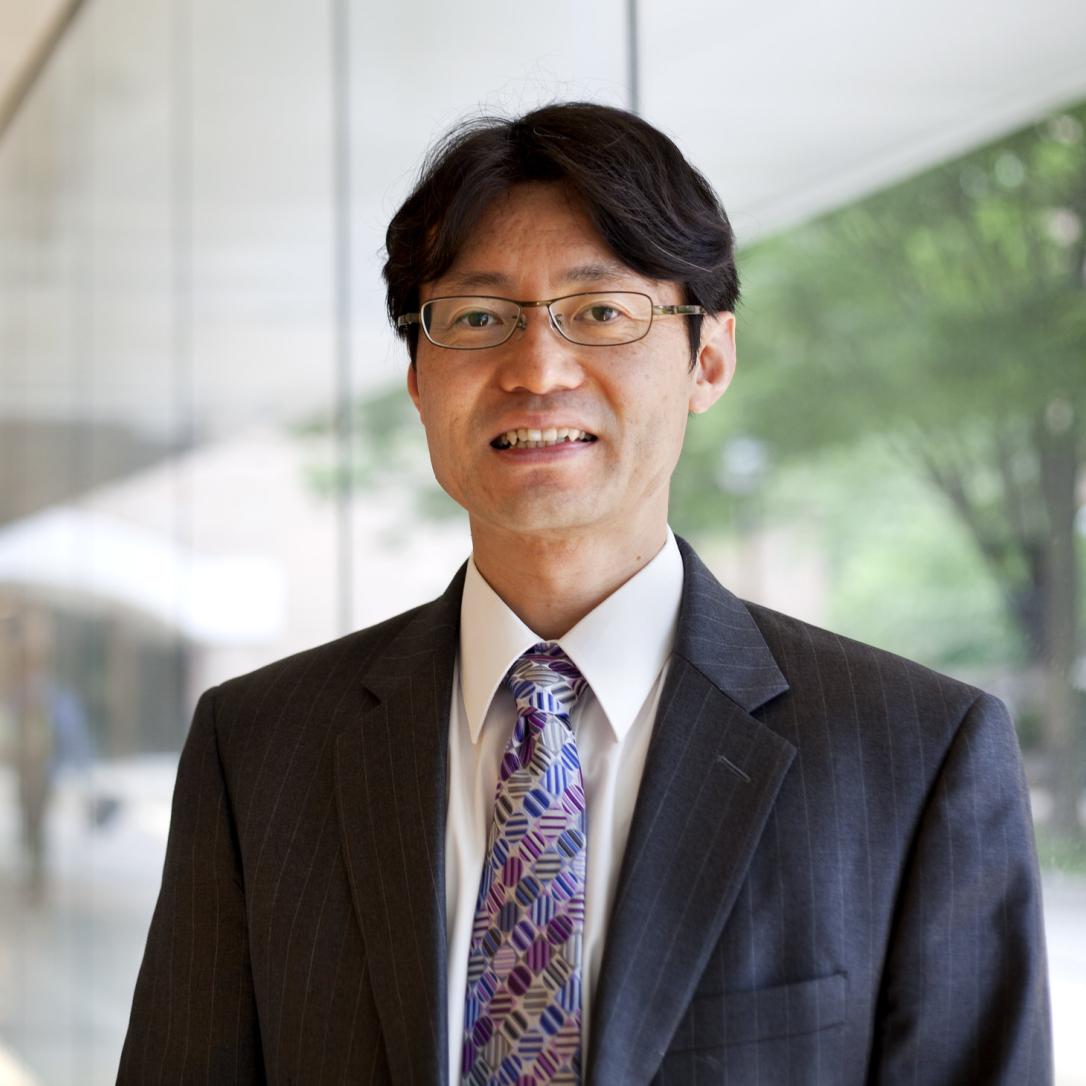
Katsuo Kurabayashi
Chair of Mechanical and Aerospace Engineering

Nizar Touzi
Chair of Finance and Risk Engineering
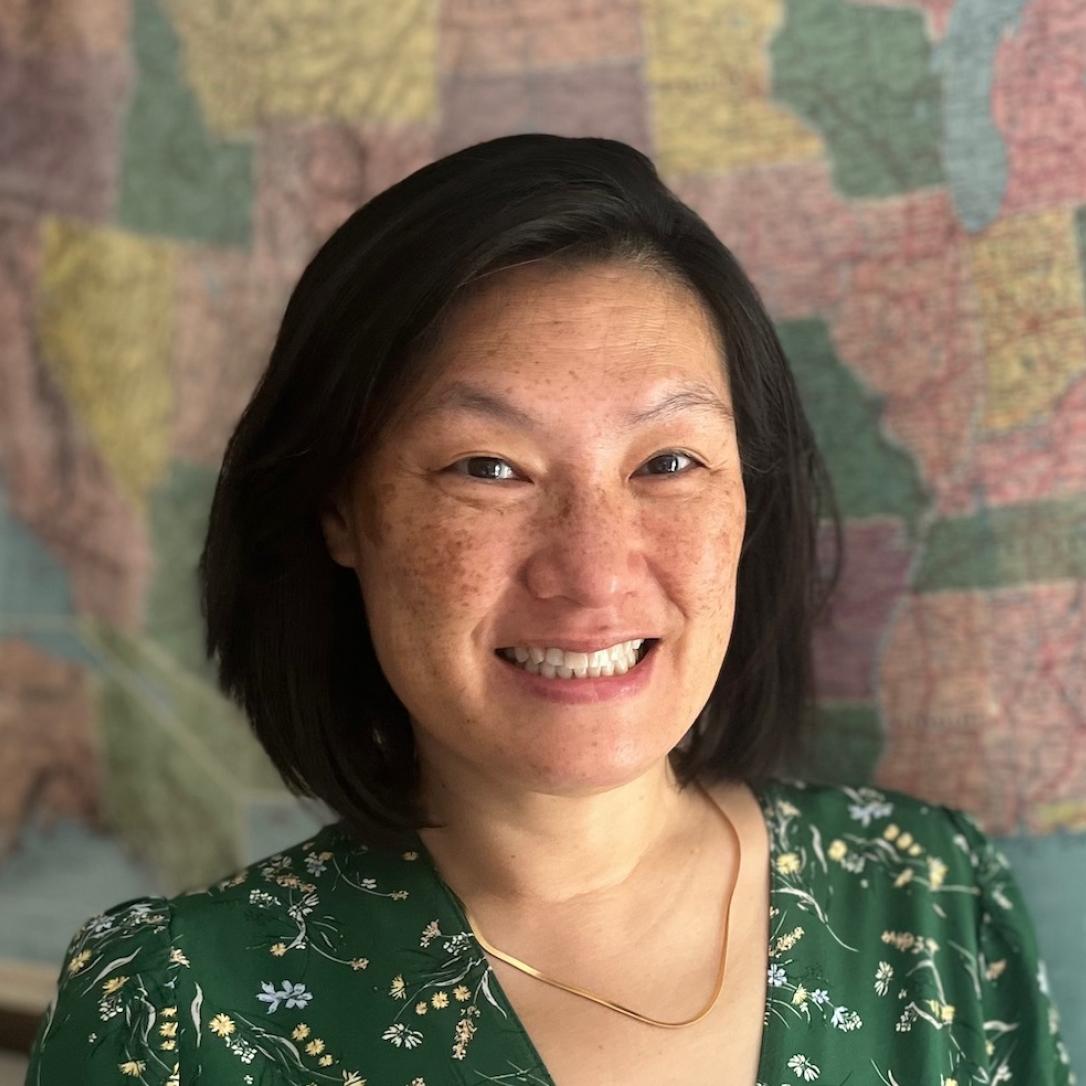
Linda Boyle
Vice Dean of Research
New Faculty:
Related: Meet our New General Engineering Lecturers
Salim Arfaoui
Industry Assistant Professor, Computer Science and Engineering
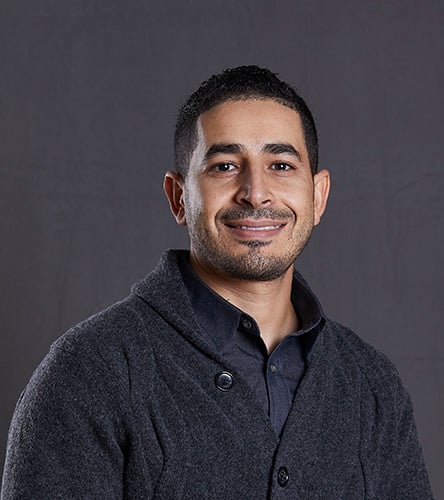 Industry Assistant Professor of Computer Science Salim Arfaoui firmly believes that curiosity is the catalyst for imagination, possibility, and growth in both learners and educators. Throughout his teaching career thus far, he has accumulated valuable experiences and insights that have shaped that philosophy. The principles he upholds in a learning environment revolve around effective teaching, clarity — and this important and unwavering sense of curiosity.
Industry Assistant Professor of Computer Science Salim Arfaoui firmly believes that curiosity is the catalyst for imagination, possibility, and growth in both learners and educators. Throughout his teaching career thus far, he has accumulated valuable experiences and insights that have shaped that philosophy. The principles he upholds in a learning environment revolve around effective teaching, clarity — and this important and unwavering sense of curiosity.
Arfaoui's fascination with computers began early on, and his educational journey in Tunisia allowed him to delve deeper into this passion and discover the boundless potential of the field. Alongside his interest in computers, Physics and Mathematics also became favorite subjects.
After obtaining his first bachelor's degree in Micro Computing from Tunisia's Superior Institute of Electronics and Communication, he pursued a second bachelor's degree in Computer Science at the NYC College of Technology. Driven by his insatiable curiosity and desire to keep exploring, he then earned a master’s degree in Computer Information Systems from Brooklyn College. As he prepares to take on a new role at Tandon, where he has worked as an adjunct faculty member since the spring of 2020, he is on track to complete his Ph.D. in Computer Information Systems, specializing in cyber defense, from Dakota State University.
With almost a decade of experience as a computer science professor, Arfaoui has honed his skills and expertise in teaching both graduate and undergraduate courses. As an assistant professor at St. Joseph's College of New York, for example, he not only delivered classroom instruction but also provided academic guidance to students, assisting them in defining their educational and career plans. He also developed bridge courses to equip non-technical students with the necessary skills for pursuing a STEM major, and he initiated clubs that fostered a supportive community, offered field trips and tech talks with guest speakers from renowned companies, and encouraged students to explore projects beyond the traditional classroom setting.
A familiar face within Tandon's Department of Computer Science and Engineering, he considers his new industry assistant professorship to be fertile ground for personal growth and professional success, and looking ahead, he aspires to expand his opportunities, forge new alliances, impact more students' lives, and make the most out of every moment as he delves further into cyber defense, databases, algorithms, machine learning, and robotics.
Arfaoui firmly believes that becoming an exceptional educator is a lifelong journey, and he plans to continuously enhance his skills, find innovative teaching methods, and create an environment where clarity and hands-on, real-world assignments foster exceptional learning.
Rupak Chatterjee
Industry Assistant Professor, Applied Physics
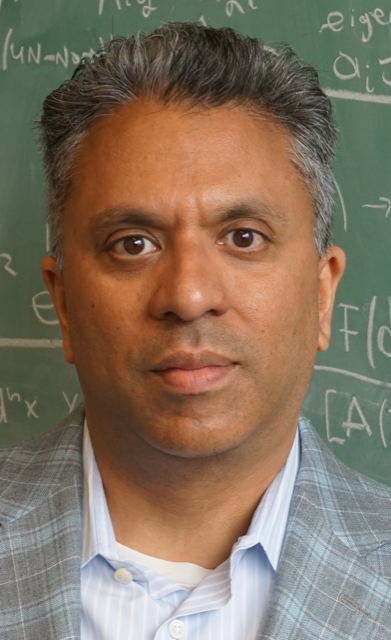 Rupak Chatterjee’s love of physics took him on a winding path to earning a master’s degree in mathematics from the University of Waterloo and a Ph.D. in mathematical physics from Stony Brook University before he arrived in Brooklyn. “In the 1990s, after the Berlin Wall fell, the academic job market was flooded with physicists, making tenure-track positions difficult to find,” he recalls. “Luckily, investment banks needed people capable of understanding complex mathematical structures called derivatives securities and I landed on Wall Street.” Chatterjee was recruited out of the University of Chicago physics department, where he was a postdoctoral fellow, and worked for several years as a quant at such major financial institutions as Barclays, Credit Suisse, HSBC, and Citigroup.
Rupak Chatterjee’s love of physics took him on a winding path to earning a master’s degree in mathematics from the University of Waterloo and a Ph.D. in mathematical physics from Stony Brook University before he arrived in Brooklyn. “In the 1990s, after the Berlin Wall fell, the academic job market was flooded with physicists, making tenure-track positions difficult to find,” he recalls. “Luckily, investment banks needed people capable of understanding complex mathematical structures called derivatives securities and I landed on Wall Street.” Chatterjee was recruited out of the University of Chicago physics department, where he was a postdoctoral fellow, and worked for several years as a quant at such major financial institutions as Barclays, Credit Suisse, HSBC, and Citigroup.
In 2012 — during a period when he was serving as Citigroup’s New York Director of Multi-Asset Quantitative Research — someone at the Stevens Institute of Technology came across a paper he had written and invited him to give a talk that rekindled his dormant academic aspirations. Despite the rewards of his Wall Street career, when asked to join Stevens’ Financial Engineering program, he made the leap. It was a solid match: the job immersed him in academia while allowing him to leverage his real-world experience as a quant. (He became the director of the program in 2017.)
Things took an interesting turn in late 2014, when someone from the Chicago Mercantile Exchange asked whether he could provide advice and research on the emerging field of quantum computing. Much to the surprise of those who knew him in the business community, Chatterjee, intrigued, dived headfirst into the problem. This led to purely physics papers in the field of quantum machine learning, and in 2018, he made the switch to the Stevens’ physics department — in effect, coming full circle.
He will be continuing his teaching and research as an Industry Assistant Professor in the Applied Physics department at Tandon, where he hopes to get students excited about quantum computing and quantum machine learning. “Fairly regularly, news stories come out about quantum entanglement, quantum AI, and other such topics, and it’s easy to be awed or intimidated,” he says. “But you don’t have to be an expert. Undergraduates willing to learn some basic quantum concepts can get involved in cutting-edge research while testing quantum algorithms out on actual quantum computers.” (Chatterjee’s interests also extend into the realm of quantum gravity, where topics such as the quantum entanglement of curved space time regions are being explored.)
And as far as what else he’s looking forward to once he’s settled in at NYU: “I played the tenor sax in a band before the pandemic,” he explains, “and I know the jazz scene in Brooklyn is very good.”
Craig Fahner
Assistant Professor, Technology, Culture and Society
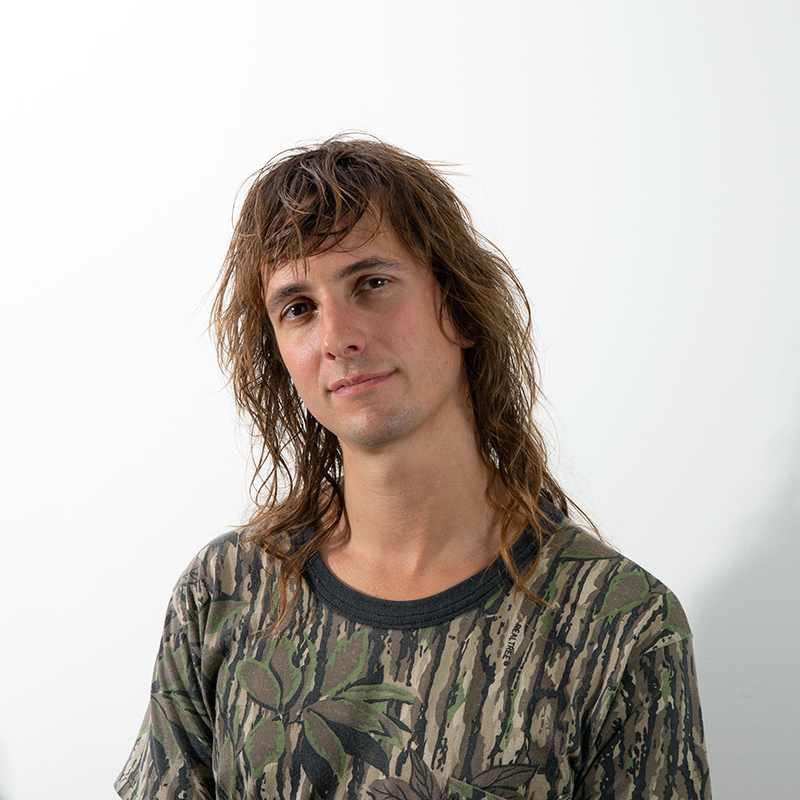 Visiting Assistant Professor Craig Fahner makes artworks that question and reimagine the way that media technologies shape everyday life.
Visiting Assistant Professor Craig Fahner makes artworks that question and reimagine the way that media technologies shape everyday life.
Take Zoom, for example, the meeting platform that has become a ubiquitous part of life for many since the advent of the COVID-19 pandemic. What social impact does it have? What might an alternative version aimed at soothing users and allowing them to experience togetherness in a new way?
Fahner’s answer is Eigengrau (a word used to describe the dark-grey background seen through closed eyes). The platform incorporates an in-browser facial feature tracker that detects when a participant has closed their eyes, at which point, an audible tone is produced. When multiple users are simultaneously using the site and closing their eyes, distinct tones are produced for each, resulting in an organ-like collaborative instrument. Fahner writes: “Serving as a sanctuary away from the non-stop stream of information afforded by typical platforms, this project encourages users to slow down and, through deep listening, appreciate a meditative moment shared with others, rendered as a drifting drone of harmonized tone.” Musical collaboration, he stresses, can serve as a model by which we might think about the way we communicate online.
Fahner, who will be teaching in Tandon’s Integrated Design & Media program, is interested in researching the affective dimensions of digital media, whether that is the calm of Eigengrau and the whispering voices on autonomous sensory meridian response (ASMR) videos or the “comforting rage” (a term coined by new-media scholar Wendy Hui Kyong Chun) felt by those caught in the sway of online political screeds.
The emotional dimensions of online information influence us even when that information is untrue, says Fahner, who is a co-investigator in the Data Fluencies project based out of Simon Fraser University’s Digital Democracies Institute. “We want to be distracted and entranced when we are scrolling on social media feeds,” he explains. “So it’s easy to fall down internet rabbit holes and allow disinformation to take root.”
Fahner’s ultimate goal is to develop digital interfaces beyond the “like” button that encourage thought and help people develop critical digital literacy — in effect, fighting the algorithm as young people of past decades espoused “fighting the power.” He wants to make transparent the invisible ways we are influenced as we go about our daily lives via algorithmic media — even down to the movies we see and restaurants we patronize thanks to recommendation algorithms.
That concept of visualizing the invisible has resonated with Fahner since his formative years, when he was involved in Calgary’s alternative music scene and was invited to play the theremin in a band known as The Ostrich (which one can find on the internet if you dig deeply enough). “The theremin makes the player part of the circuit and allows you to feel sound waves you can’t see,” he explains. “They’re still invisible, but now they’re tactile. That got me interested in how technology could be harnessed to articulate invisible aspects of the environment, whether that involves radio waves or digital infrastructures.”
David Fouhey
Assistant Professor, Electrical and Computer Engineering
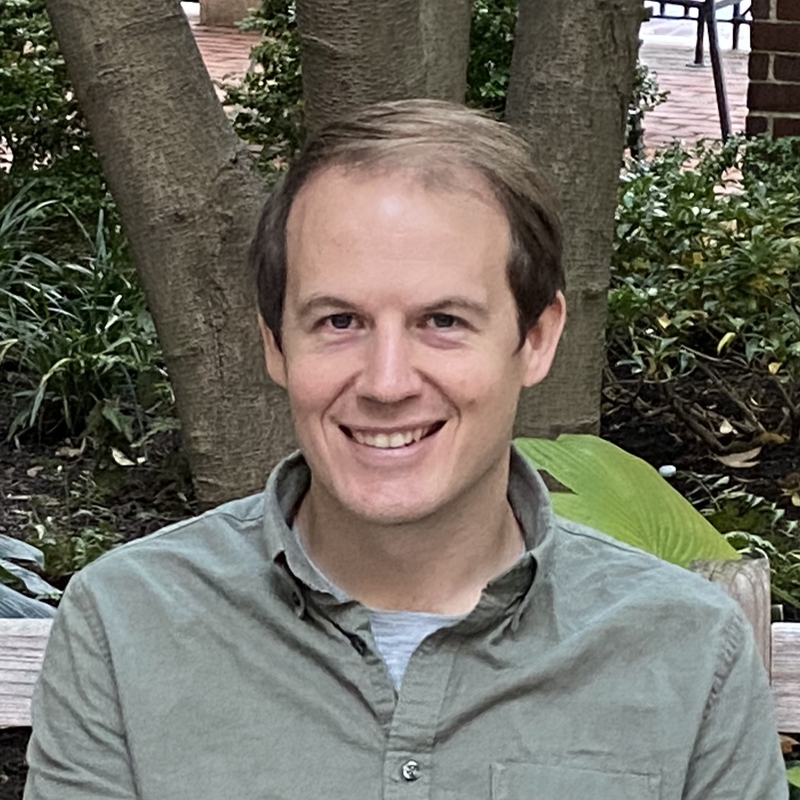 It would be difficult for Assistant Professor of Electrical and Computer Engineering David Fouhey to ever have a boring day at work — not when that work involves astronomy, zoology, robotics, and multiple other topics.
It would be difficult for Assistant Professor of Electrical and Computer Engineering David Fouhey to ever have a boring day at work — not when that work involves astronomy, zoology, robotics, and multiple other topics.
Fouhey, who has a joint appointment at NYU Courant, is an expert in the realm of learning-based computer vision — a field that focuses on enabling computers to identify and interpret people and things in images and videos. His aim, in other words, is to create autonomous systems that leverage AI to build representations of the underlying state and dynamics of the world by observing it. That’s the commonality whether he is helping the curators at a museum of natural history measure avian skeletons to determine how temperature affects the evolution of various species, estimating the magnetic field of the sun to predict extreme space weather, or studying how human beings use their hands — work that could lead to better robotic surgical systems and other innovations.
“Hands are the central means by which humans manipulate their world,” he explains, “and being able to reliably extract information from Internet videos of people using their hands has the potential to pave the way to systems that can learn from petabytes of video data in much the way that infants learn to use objects by watching their parents.”
It’s an exciting time to be involved in computer vision, he asserts, since the technology is at a stage advanced enough to have practical applications and real-world benefits. Fouhey, who was on the faculty of the University of Michigan before arriving at Tandon, estimates that he has introduced the possibilities to more than 1,000 students at all levels over the past few years, from high schoolers involved in Michigan’s summer AI programming to post-docs.
Among his other proud accomplishments has been helping to exonerate a man who had been wrongfully convicted of murder and sentenced to life without parole by analyzing camera footage from the scene.
Astronomers, zoologists, and roboticists . . . . the list of experts who call upon Fouhey for his insight is set to only get longer as he develops newer and more sophisticated methods of helping computers see.
Radoslav Fulek
Visiting Professor, Computer Science and Engineering
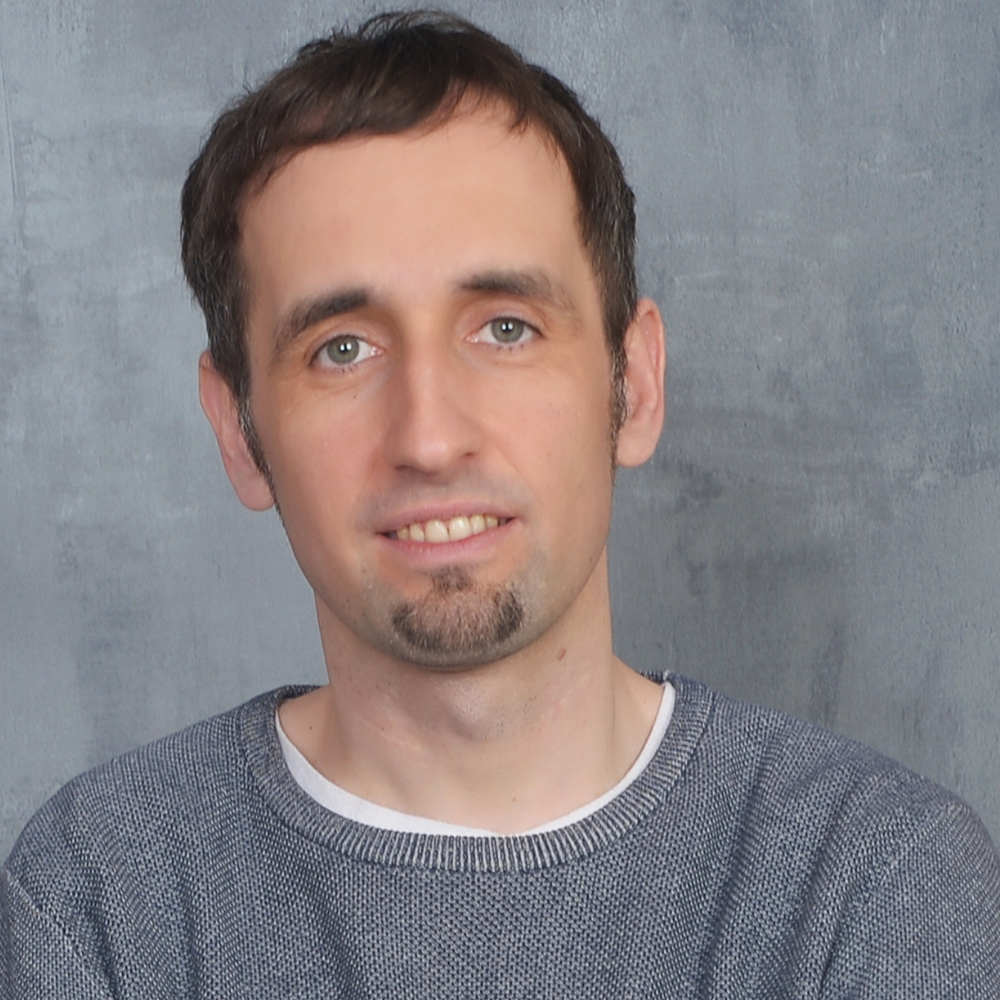 Graph embeddings on surfaces, thrackles . . . to a layperson these will, in all likelihood, be totally unfamiliar terms. But Radoslav Fulek, a visiting professor of computer science and engineering, has made them cornerstones of his life’s work.
Graph embeddings on surfaces, thrackles . . . to a layperson these will, in all likelihood, be totally unfamiliar terms. But Radoslav Fulek, a visiting professor of computer science and engineering, has made them cornerstones of his life’s work.
Fulek, whose research interests fall under the realm of discrete and combinatorial geometry, is known for solving intractable, long-standing problems —specifically, finding an efficient algorithm for clustered planarity and exploring Conway’s thrackle conjecture, which dates from the 1960s. In order to understand these accomplishments, it’s important to know that graphs (or networks) are ubiquitous mathematical structures representing pairwise interactions (edges) between objects (the nodes or vertices of the graph). The study of large graphs is thus becoming more and more crucial in biology, bioinformatics, finance, sociology, and many other scientific disciplines.
As a result, there is burgeoning demand for software that will automatically create graph drawings (which depict vertices as points and edges as the curves between their endpoints). In the process of developing such software, Fulek has addressed several fundamental open problems about higher dimensional analogs of graphs, and graphs drawn in the plane and on more complicated surfaces.
In 2019, for example, he helped find a polynomial-time algorithm for testing if a given two dimensional object fits in a three dimensional space (akin to our universe), and resolving the so- called clustered planarity problem along the way. The latter puzzled researchers working on graph embedding algorithms for over two decades. He also made significant progress in proving a conjecture from the 1960s concerning thrackles — the drawing of a graph in the plane in which each edge is a Jordan arc and every pair of edges meet exactly once, either in a vertex or a proper crossing. Decades ago, mathematician John H. Conway conjectured that in any thrackle the number of edges is at most equal to the number of vertices, and others, including Fulek, have been intent on discovering if a thrackle can have more edges than vertices.
Fulek has engaged in his research all over the world: his academic career has taken him to Switzerland, Canada, Slovakia, Austria, the Czech Republic, and California, among other locales — with much of his travel occasioned by chances to work with his mathematical mentors. “I believe a professor’s job is to encourage independent exploration,” he says, “and I have been lucky enough to have had professors who encouraged that mindset, notably my thesis advisor at Switzerland’s École Polytechnique Fédérale de Lausanne, János Pach.”
His move to Brooklyn is a homecoming of sorts: he met his wife while doing postdoctoral work at Columbia University, and the two are happy to be settling for the time back in New York City. At Tandon, Fulek will be teaching graduate-level courses in the analysis of algorithms. While his work has had practical application in the design of software, he hopes to instill in his students a love of purely curiosity-driven research. “Applications often don’t come until much later,” he says, “and it can also be true that the byproducts of pioneers’ endeavors are equally important; consider the development of rigorous software engineering practices during the Apollo program.”
Michael Hanna
Industry Assistant Professor, Biomedical Engineering
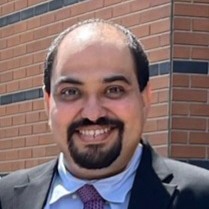 Industry Assistant Professor of Biomedical Engineering Michael Hanna is fond of a quote by William Butler Yeats: "Education is not the filling of a pail, but the lighting of a fire." That sentiment not only forms the basis of his teaching philosophy but is emblematic of his own academic journey.
Industry Assistant Professor of Biomedical Engineering Michael Hanna is fond of a quote by William Butler Yeats: "Education is not the filling of a pail, but the lighting of a fire." That sentiment not only forms the basis of his teaching philosophy but is emblematic of his own academic journey.
“I began my college career as a mechanical engineering major,” he says, “and I never dreamed I’d be culturing neurons and working with live tissues one day. But thanks to people who encouraged me and lit a fire for the subject in me, I earned a Ph.D. in biomedical engineering and set out on my current path.”
That fire was lit at the New Jersey Institute of Technology, where Hanna — who had by then earned a bachelor’s degree in mechanical engineering from the American University in Cairo and a master’s degree in product design from France’s École Nationale Supérieure d’Arts et Métiers — found work creating surrogate head models, which were used by the school’s biomedical engineering researchers to study the effects of traumatic brain injury (TBI). “Even when you’re working with bone rather than metal, mechanical engineering principles are involved,” he explains.
In his paper “A Method for Evaluating Brain Deformation Under Sagittal Blunt Impacts Using a Half-Skull Human-Scale Surrogate,” he writes: “Trauma to the brain is a biomechanical problem where the initiating event is a dynamic loading (blunt, inertial, blast) to the head. To understand the relationship between the mechanical parameters of the injury and the spatial and temporal deformation patterns in the brain, there is a need to develop a reusable and adaptable experimental traumatic brain injury (TBI) model that can measure brain motion under varying parameters.”
With the encouragement of members of the department, who recognized his promise, Hanna began working towards his Ph.D. His research involved studying what happens when the microtubules in the brain, which give cells their structure and serve as vehicles of transport, suffer an injury.
Concurrently, he taught at Mercer County Community College and served as director of the school’s Advanced Manufacturing Technology Program, which gained accreditation under his leadership. The father of three young children, Hanna says that his wife deserves much of the credit for his accomplishments, since he often had to arrive at his lab by 5 a.m. in order to fit everything in.
That hard work paid off; he ultimately uncovered a connection between damage to the tubules and increased calcium levels — findings that could be a boon to clinicians in the future. “Right now, there is no effective treatment for TBI,” Hanna, who will teach computational methods in biomedical engineering and biomaterials at Tandon, says. “I’m sure there will be one day, and in the meantime, researchers are developing better protective gear.”
Robert Krueger
Assistant Professor, Computer Science and Engineering
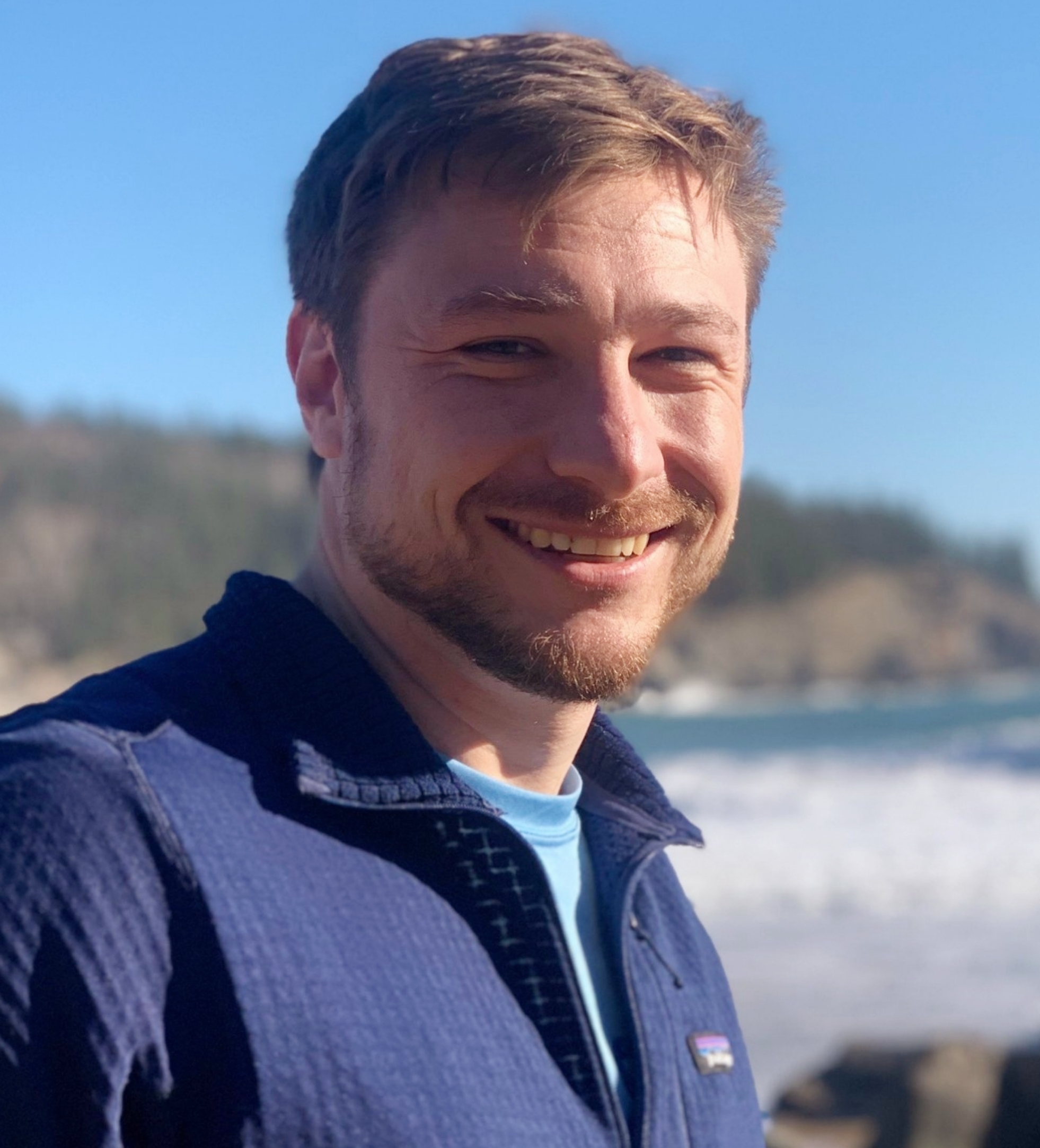 Assistant Professor of Computer Science and Engineering Robert Krueger, a member of Tandon’s Visualization and Data Analytics (VIDA) Research Center, is a skilled translator of sorts. “As a visualization researcher, I design, develop, and evaluate novel methods and tools enabling domain experts to find patterns and dependencies in the datasets they collect, so they can gain actionable insight into the issues they’re trying to address,” he says, “and they all speak distinct languages.”
Assistant Professor of Computer Science and Engineering Robert Krueger, a member of Tandon’s Visualization and Data Analytics (VIDA) Research Center, is a skilled translator of sorts. “As a visualization researcher, I design, develop, and evaluate novel methods and tools enabling domain experts to find patterns and dependencies in the datasets they collect, so they can gain actionable insight into the issues they’re trying to address,” he says, “and they all speak distinct languages.”
These domain experts have recently included biologists and physicians. In his former post, as a senior research scientist at Harvard University, he helped researchers analyze increasingly large and complex biomedical imaging data, with the primary aim of helping cancer researchers glean insights into biological tissue and cellular interactions, enabling a better understanding of the cause, development, and response to the disease. However, the scale and dimensionality of the imaging data render its exploration and analysis challenging.
That’s where experts in data visualization like Krueger come in. “I design and develop scalable visualization methods and integrate machine learning into visual interactive interfaces,” he explains. “Visual analytics creates added value by combining the processing power and accuracy of machines with human capabilities to perceive information visually. Automatic methods are used to classify data and to detect hidden patterns, while interactive visualizations allow us to explore the data and to steer automatic processes with domain knowledge.”
But his work on data visualization goes beyond the biomedical domain. What many domains have in common, he says, is that they involve spatial dimensions. During his time as a PhD student in Stuttgart, for example, he worked with transportation and city planners on the visualization of geographical and social sensing data to improve urban mobility and quality of life.
The cross-disciplinary possibilities presented at NYU — where he will be teaching data visualization and hopes to launch a seminar featuring luminaries in the field — were a major impetus to his coming to Tandon. “Students will find that visualization merges computer science and creative design in a compelling way,” he says. “There will be theory, but it will be mixed with plenty of active, hands-on learning. This is a realm where participating in group projects that foster critical thinking and collaboration skills is essential.”
Krueger is delighted to begin working with Tandon students, VIDA researchers, and others here in Brooklyn — and it’s easy for him to visualize all that New York City could offer in his spare time. “I’m interested in exploring the restaurant scene here, because I enjoy trying new international cuisines,” he says. “And because I love sailing, there will certainly be advantages to living so close to the Hudson and East River.”
Dharik Mallapragada
Assistant Professor, Chemical and Biomolecular Engineering
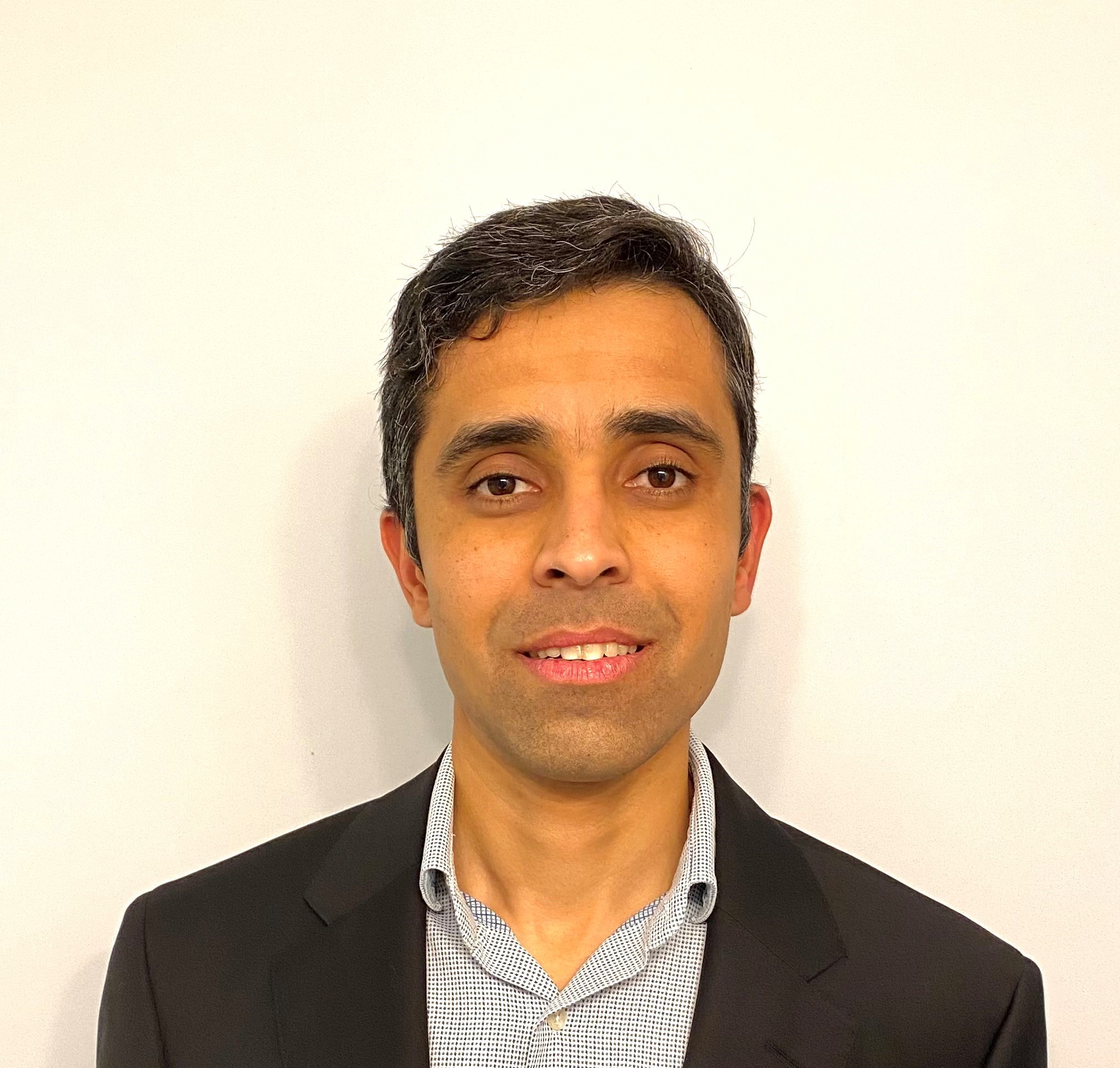 Assistant Professor of Chemical and Biomolecular Engineering Dharik Mallapragada had a somewhat peripatetic youth growing up in India, thanks to his parents’ military careers, which had necessitated multiple moves. By the time he embarked on his undergraduate studies at the Indian Institute of Technology, in Madras, Mallapragada — an astute observer of the human condition and social landscape — had become interested in energy and its role in climate change and the role for public policy and technology in addressing this grand challenge of our times. He took courses in economics and ethics in addition to the traditional chemical engineering curriculum, as a way to broaden his perspectives and was motivated enough to study the topic further to apply for graduate school.
Assistant Professor of Chemical and Biomolecular Engineering Dharik Mallapragada had a somewhat peripatetic youth growing up in India, thanks to his parents’ military careers, which had necessitated multiple moves. By the time he embarked on his undergraduate studies at the Indian Institute of Technology, in Madras, Mallapragada — an astute observer of the human condition and social landscape — had become interested in energy and its role in climate change and the role for public policy and technology in addressing this grand challenge of our times. He took courses in economics and ethics in addition to the traditional chemical engineering curriculum, as a way to broaden his perspectives and was motivated enough to study the topic further to apply for graduate school.
Mallapragada’s doctoral research at Purdue University focused on identifying and evaluating novel technology concepts to enable the use of solar energy for applications in different sectors, but, in particular, for the transportation and power sectors — two major emitting sectors with unique challenges. For example, the need for high-energy-density fuels for transportation, particularly heavy-duty applications, remains a key barrier for decarbonization and utilization of renewable electricity via direct electrification.
“I would describe myself as a systems engineer focused on enabling a cost-effective, equitable and resilient transition to a low-carbon economy,” he says. “In this context, multidisciplinary research is far from just a buzzword for me, rather it accurately describes what I do. My work, which involves developing mathematical models to design and evaluate emerging technologies and policies, can readily touch upon and learn from other fields ranging from traditional science and engineering to economics and social sciences.” Mallapragada’s passion for this field was honed during a 2012 stint as a Science & Technology Policy Fellow at the National Academies, where he worked with the Board on Energy & Environmental Systems, assisting in studies regarding the barriers to electric vehicle deployment and vehicle fuel economy standards.
After earning his Ph.D. in 2013, Mallapragada, seeking real-world experience, began working as a researcher in the energy industry, where he investigated the possibilities for sustainable production of fuels and chemicals, deep decarbonization of electric grids and other pressing questions. He returned to academia in 2018, however, to conduct research at the MIT Energy Initiative and established the Sustainable Energy Transitions Research group, which aims to create the knowledge and analytical tools necessary to support accelerated energy transitions in developed economies like the U.S., as well as emerging market and developing economy countries in the global south, which are central to global climate mitigation efforts. His recent papers have included “Producing hydrogen from electricity: How modeling additionality drives the emissions impact of time-matching requirements,” “Decarbonization of the chemical industry through electrification: Barriers and opportunities,” “Cost and performance targets for fully electrochemical ammonia production under flexible operation,” and “Electric-Gas Infrastructure Planning for Deep Decarbonization of Energy Systems,” among others.
“Traditionally, chemical engineers didn’t concern themselves much with the grid,” he says, “but it is becoming clear that the electric grid will play a central role in a future low-carbon economy through expanded use of electricity in many applications where electricity use has not traditionally been relevant, like industry and transport. This makes it necessary to study interactions between grid and other end-use sectors to fully appreciate the cost, resiliency, and equity impacts of electrification versus other decarbonization strategies.”
Yuzhang Lin
Assistant Professor, Electrical and Computer Engineering
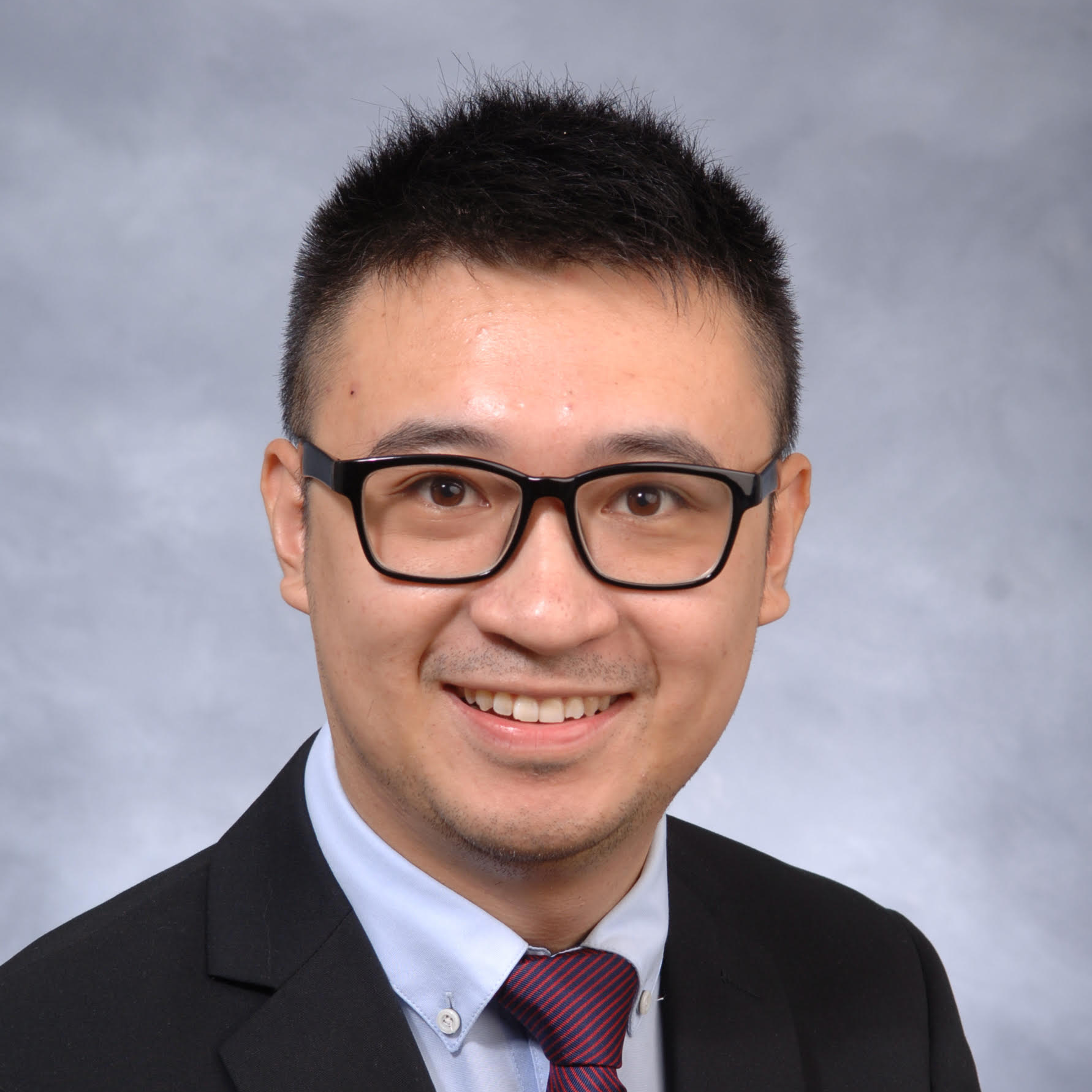 Yuzhang Lin, a new assistant professor in Tandon’s Department of Electrical and Computer Engineering, developed an interest in STEM all the way back in elementary school. Even then, he knew it held the key to discovering how the world works. He was especially fascinated by electricity. “It seemed like magic,” he recalls. “You can’t see it, yet it’s so powerful and transmits energy and information so effectively.”
Yuzhang Lin, a new assistant professor in Tandon’s Department of Electrical and Computer Engineering, developed an interest in STEM all the way back in elementary school. Even then, he knew it held the key to discovering how the world works. He was especially fascinated by electricity. “It seemed like magic,” he recalls. “You can’t see it, yet it’s so powerful and transmits energy and information so effectively.”
That fascination led him to earn bachelor’s and master’s degrees in Electrical Engineering from Beijing’s Tsinghua University, and he subsequently received a doctoral degree from Northeastern, with a dissertation entitled “Reliable and Efficient Methods for Identification of Parameter and Measurement Errors in Power Networks.”
Complex networks like power grids and their related cyber networks have proven to be fruitful areas of inquiry for him, especially as renewables like wind and solar change the nature of the grid. “With hydroelectric power or coal, you’re in charge, but solar and wind are unpredictable,” he explains. “If power generation and load are mismatched, that can quickly destroy a system, so how do you maintain a good balance? And how do you boost resilience in the the event of low probability, but high impact events like Hurricane Maria, which left people in Peurto Rico without power for several weeks or even months in 2017.”
His move to Brooklyn from Lowell, where he was teaching at the University of Massachusetts, comes at an exciting time. “I’ll be taking part in a revolution in the power sector,” he asserts. “There are big, ambitious changes happening as massive offshore wind farms are being constructed. It’s not just the issue of generation. You’ve got to then transmit all that power, and the corridor for transmission in New York is already pretty narrow, so that poses important problems to solve.”
Lin, the recipient of a prestigious NSF CAREER Award for stellar young researchers, hopes to boost Tandon’s course offerings on power and introduce students to a research mindset. “What’s cooler than studying electrical engineering?” he asks rhetorically. “It touches upon AI, cybersecurity, wireless networks, robotics ... it’s got everything.”
Hamed Rahmani
Assistant Professor, Electrical and Computer Engineering
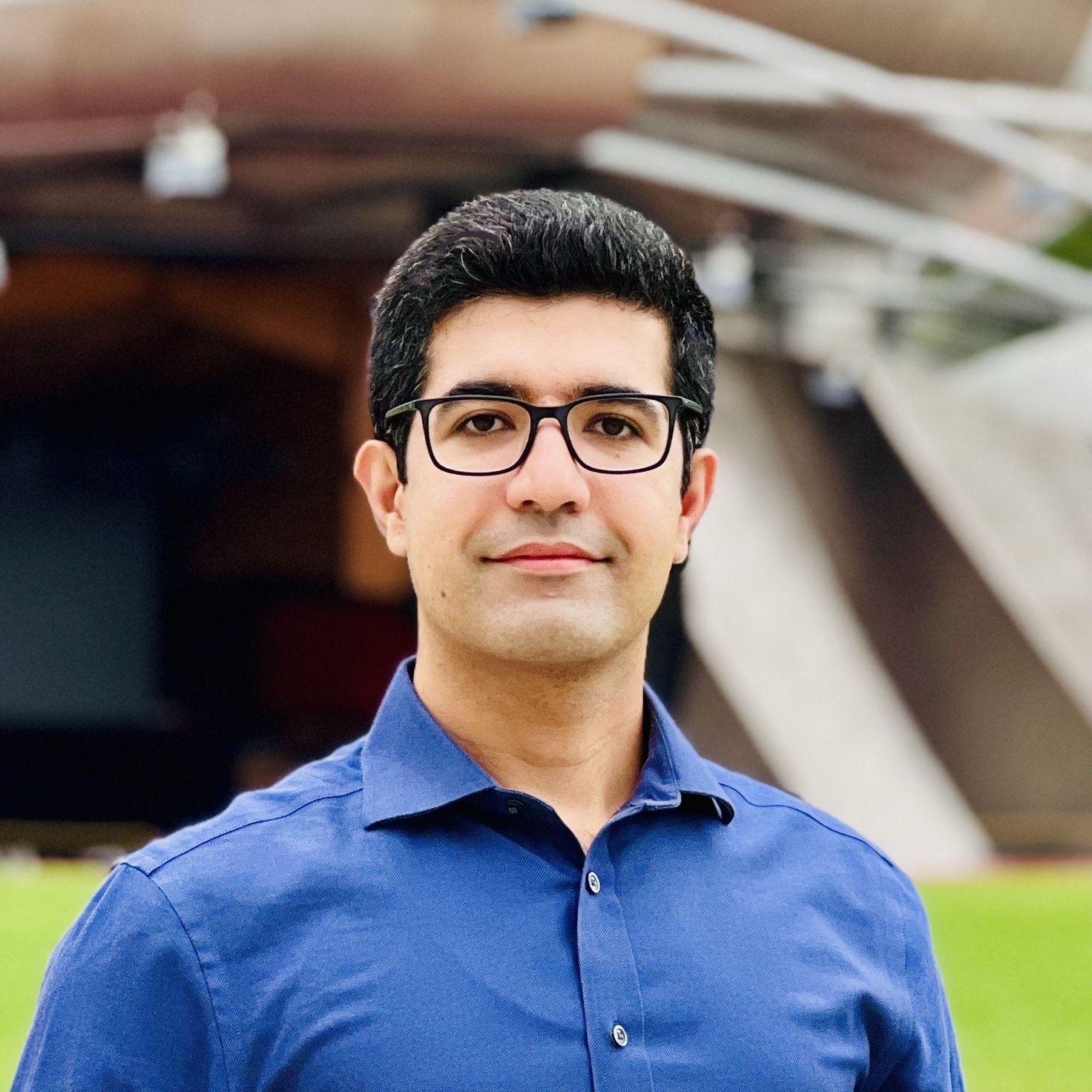
With years of experience in semiconductor industries and academic teaching, Assistant Professor of Electrical and Computer Engineering Hamed Rahmani is looking forward to contributing to the stellar body of research on wireless technology at NYU and exploring the opportunities offered by integrated circuits technology for a wide range of sensing and communication applications.
Rahmani has had an interest in STEM topics since his days in high school. He began his studies at the Sharif University of Technology, the top engineering school in Iran, and pursued his master’s degree in Electrical and Computer Engineering at Rice University in Houston, TX, where he researched cutting-edge integrated wireless power transfer systems that won him the IEEE MTT-S Graduate Fellowship for medical applications and the Texas Instruments Distinguished Fellowship.
Rahmani earned his Ph.D. from UCLA where he designed and implemented a fully wireless and battery-less data communication platform for neural recording applications achieving the most compact footprint and highest energy efficiency ever reported at the time of release. He served as a senior RFIC design engineer at Qualcomm working on advanced Front-End circuits for cellular 5G and handheld devices. Then, as a research scientist at IBM T. J. Research Center, he investigated Mixed-Signal CMOS circuits for high-speed electrical and optical data communication. Building upon his comprehensive expertise, he will leverage integrated circuit technology to address sensing and connectivity challenges raised by new generations of wireless technology. “The modular approach for hardware implementation in existing communication systems will fail to meet the requirements of evolving applications”, he says. “The need for a higher bandwidth alongside low latencies and low power consumptions could only be met by adopting a holistic design approach toward next-generation hardware to co-optimize different parts of a sensing and communication system. ” He continued: “Integrated circuits are powerful tools that can unlock a wide range of sensing and communication use cases from low-power biomedical/IoT to high-performance millimeter-Wave/Terahertz communication systems ”
Rahmani, who has taught at Columbia and Princeton, feels an obligation to train students to look at wireless systems with a fresh perspective. “The paradigm shift toward a holistic system design also affects education and the way students must be trained to take on hardware design challenges”. He says. “Students must have a solid grasp of various related topics such as electromagnetics, antennas, and the theory of communication to come up with effective solutions to satisfy the requirements of 5G/6G communication.”
Austin Rovinski
Assistant Professor, Electrical and Computer Engineering
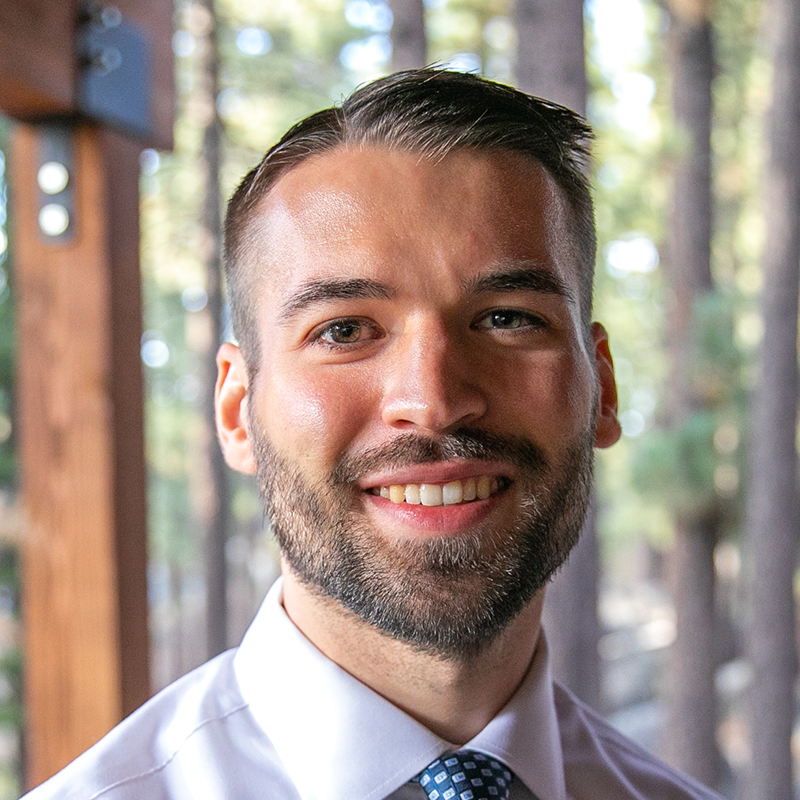 Assistant Professor of Electrical and Computer Engineering Austin Rovinski does not come from a STEM-focused family: his father was a lawyer, and his mother worked in public service. Still, the Michigan native remembers the moment his interest in computers was sparked.
Assistant Professor of Electrical and Computer Engineering Austin Rovinski does not come from a STEM-focused family: his father was a lawyer, and his mother worked in public service. Still, the Michigan native remembers the moment his interest in computers was sparked.
“A friend in elementary school introduced me to PC gaming, and I immediately fell down a rabbit hole of research,” he recalls. “With my allowance on the line, I wanted to know exactly what a CPU was, how much memory I’d need . . . it was definitely not as easy as going out and buying a Nintendo system.”
When he was accepted to the University of Michigan - Ann Arbor, computer science seemed the natural choice. One day, as Rovinski sat in a 200-person lecture hall, he was singled out by Professor Jason Mars, the co-director of the university’s AI-focused Clarity Lab and cofounder of AI startup Clinc. Mars recognized the promise and potential in the excited undergrad and recruited him to his research lab.
“I got to work with senior researchers who respected me and valued my input, even back then,” Rovinski said. “That will definitely inform the type of professor I will be at NYU Tandon; serving as a mentor to my students is very important to me.”
Those students will have to be willing to tackle some of the most complex problems in chip design and future computing systems. Initially, Rovinski worked with high-level models, like most computer architects. Once he began working with Professor Ronald Dreslinski, he was put in charge of designing a chip all the way through to actual fabrication. It was during this experience that he had an epiphany: designing and fabricating a chip in the real world was unnecessarily complex thanks to a lack of transparency, collaboration, and automation.
At NYU Tandon, Rovinski plans to work on the tools and chips for future computing systems. “Future computing systems will look very different from current ones,” he explains. “We need to create tools which simplify design, and then use those tools to help prototype novel systems.”
Rovinski is excited that we are now entering a new age when chip design is being democratized. “Machine learning is really pushing the state of the art,” he says. “Just look at the recent news from NYU Tandon, where a team designed a processor using plain English ‘conversations’ with an AI model.”
He foresees a time when the level of specialized expertise required to design chips will decrease to such an extent that it’s possible to offer classes even at the high school level. “We already do that with coding, so why not?” he asks. “That will only lead to more and more innovation.
Anton Rozhkov
Industry Assistant Professor, Center for Urban Science and Progress
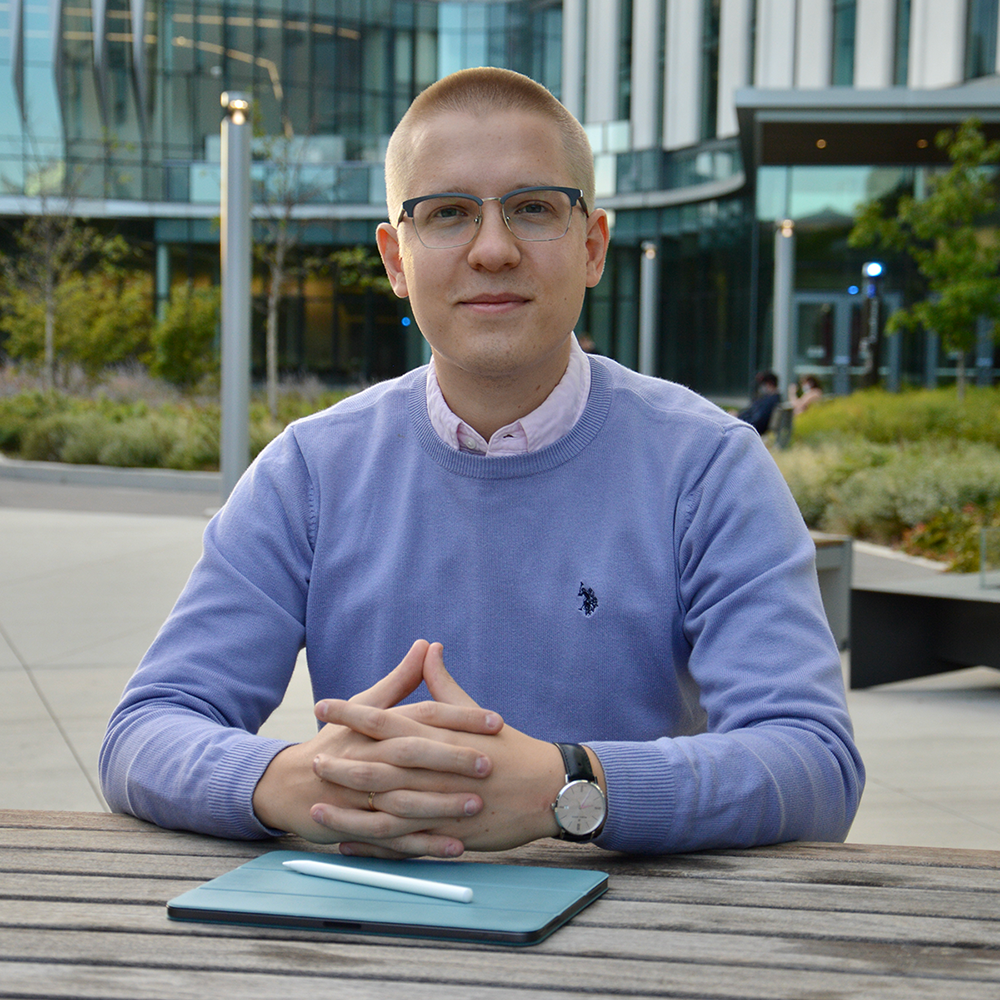 Anton Rozhkov, a new Industry Assistant Professor at Tandon’s Center for Urban Science and Progress (CUSP), is a photographer at heart. Whether he is traveling in a major city, a rural town, a national park, beach or forest, his camera remains at the ready.
Anton Rozhkov, a new Industry Assistant Professor at Tandon’s Center for Urban Science and Progress (CUSP), is a photographer at heart. Whether he is traveling in a major city, a rural town, a national park, beach or forest, his camera remains at the ready.
His work, however, is focused firmly on the urban world. A fan of maps since his youth in Moscow and Balashikha, its suburb, he earned 5-year specialist’s degrees in Land Cadaster (an engineering specialty concerned with the boundaries of land ownership) from the State University of Land Use Planning in Moscow, as well as in jurisprudence from the Military Technical University in Balashikha, and he worked for a handful of years for a major Russian power company — studying energy efficiency, developing charging infrastructure for electric vehicles and a Smart Grid projects in Moscow and St. Petersburg — before embarking on his doctoral studies at the University of Illinois, Chicago.
Chicago, he says, was the perfect environment for someone interested in architecture, urban planning, Geographic Information Systems (GIS), sustainability, spatial data, and power grids. There he helped develop the interdisciplinary Sustainable Urban-Regional Modeling Network and, as a member of the Urban Data Visualization Lab, he collaborated with the Illinois Department of Human Services to create a web-based GIS platform for reporting census outreach activities and tools to assess the effectiveness of those activities.
His overarching goal, he explains, is to discover how energy policies and new technologies can affect infrastructure planning and the design of cities, identify how decentralized renewable energy systems affect the existing complexity of the today’s power grid, and explore what can be accomplished by working at the intersection of urban planning, data science, and architecture.
Brooklyn, he knows, will provide just as dynamic a living lab as Chicago (and he refuses to get involved in debates over which city has the best pizza), and he’s looking forward to teaching GIS and machine learning to CUSP’s students. “I’d like to help them see maps and spatial data in new ways,” he says. “If you examine trends and ask why they’re happening, that’s the first step to identifying issues and finding solutions. The energy sector is particularly interesting seen through this lens, because it’s a key determinant of environmental justice, but any area of urban study can be illuminated if you know how to leverage spatial data.”
Erdem Varol
Assistant Professor, Computer Science and Engineering
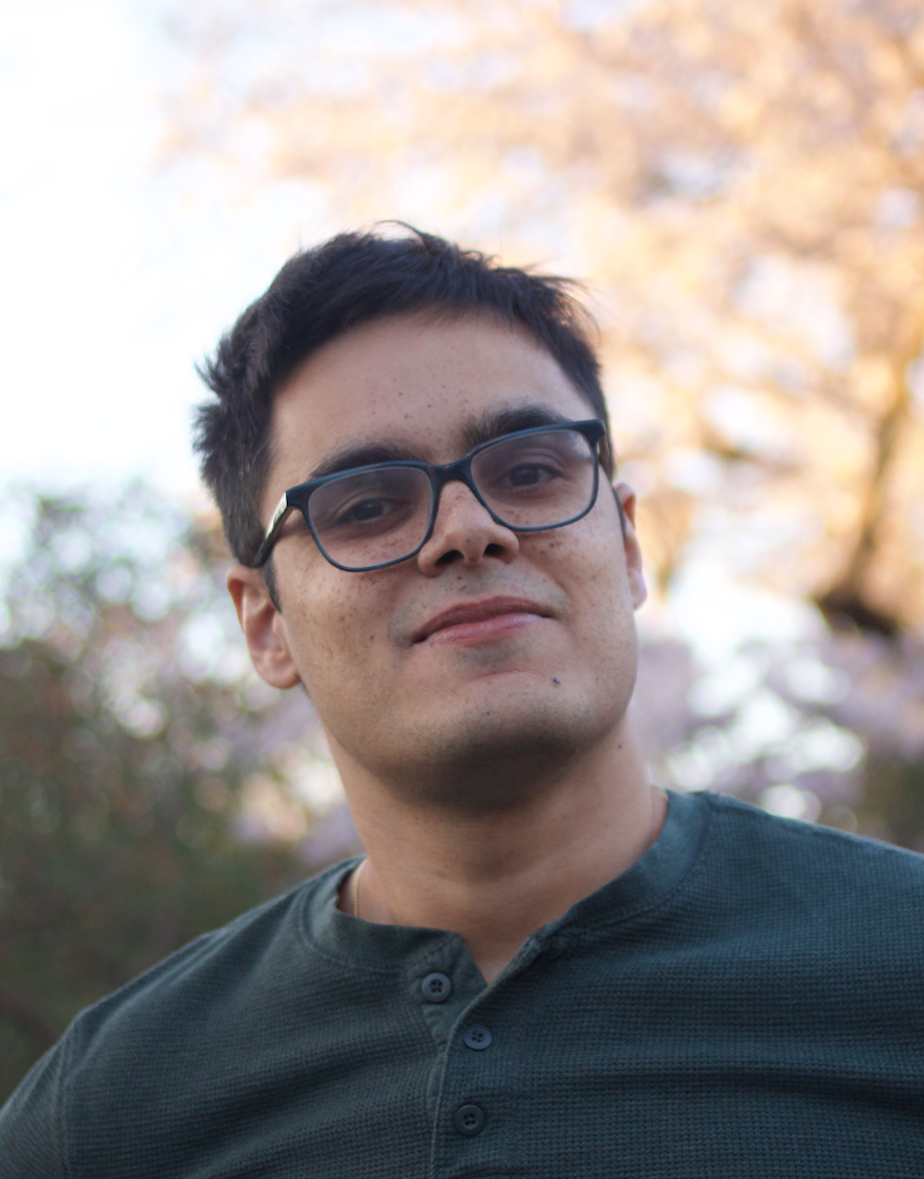
Assistant Professor Erdem Varol, the newest member of Tandon’s Department of Computer Science and Engineering, learned about numbers even before he could talk. Thanks to his family’s savvy and focus on STEM, within a year of immigrating from their native Turkey when he was in eighth grade, he had taken the entrance exam for New York City’s selective public high schools and been admitted to Stuyvesant, among the most demanding and prestigious of them all.
It was a pivotal time in not just Varol’s life but in the history of the school, city, and entire nation; the attacks of 9/11 had recently destroyed the Twin Towers and decimated the downtown area where Stuyvesant is located. Like most New Yorkers, newly arrived or longtime residents, Varol moved forward uncowed. He threw himself into his studies at Stuyvesant, where he was introduced to NYU Tandon (then known as Polytechnic University) by way of the college students who volunteered to coach the robotics team.
He loved mathematics but was especially taken with its practical applications, making engineering the “sweet spot,” as he has said, and that, coupled with a burgeoning interest in neuroscience cemented his decision to study biomedical engineering during his undergraduate years at the University of Rochester. He went on to earn a Ph.D. in Electrical and Systems Engineering from the University of Pennsylvania — taking advantage of his proximity to the university’s celebrated Wharton School to concurrently earn a master’s in statistics and writing a thesis on advancing statistical inference for population studies in neuroimaging using machine learning.
Varol’s area of focus is now computational neuroscience. He is establishing Tandon’s Neuroinformatics Lab, where he will develop computational models and signal processing tools to decode brain connectivity and function by leveraging genomics and imaging. “Our goal is to find ways of understanding how the brain is wired,” he explains. “How do neurons fire and communicate? How are they connected? This is not just curiosity. If the wiring is faulty, the result can be conditions like schizophrenia or autism.”
Varol, who was recently awarded a $1 million Pathway to Independence Award from the National Institutes of Health, is looking forward to collaborating across NYU departments and schools and predicts that he will forge particularly useful partnerships with Langone and the Neuroscience Institute. “The field has exploded in the last decade,” he says. “We have innovative devices to measure gene expression and activity at high resolution, and we can even do studies in real-time, which allows us to decode actions in a way that could lead to enhanced brain-computer interfaces. Mainly, we can ask questions we have never asked before.”
Takahiro Yabe
Assistant Professor, Center for Urban Science and Progress; Technology Management and Innovation
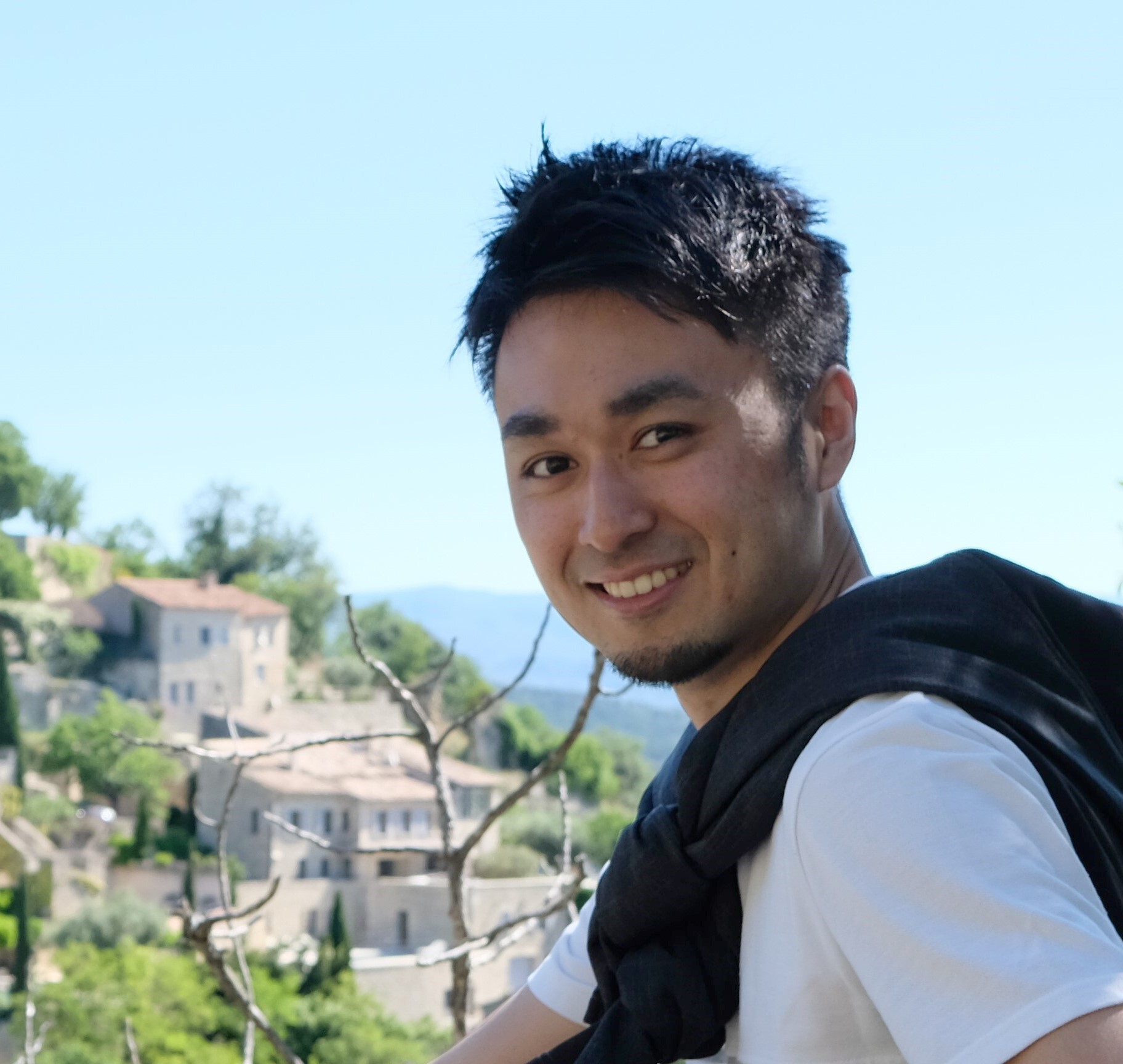 Takahiro Yabe was preparing for his high school graduation in 2011 when a powerful earthquake off the northeastern coast of Honshu, Japan’s main island, wreaked havoc there and set off a massive tsunami that decimated the coasts of the Tōhoku region.
Takahiro Yabe was preparing for his high school graduation in 2011 when a powerful earthquake off the northeastern coast of Honshu, Japan’s main island, wreaked havoc there and set off a massive tsunami that decimated the coasts of the Tōhoku region.
Yabe, a new Tandon assistant professor who will divide his time between the Center for Urban Science and Progress and the Department of Technology Management and Innovation, set out on his academic path inspired by the event.
Yabe had lived as a youth in England and Canada, among other locales, had become interested in issues of global development; perhaps he would work for the World Bank one day, he envisioned. Now, at the University of Tokyo, where he earned bachelor’s and master’s degrees in civil engineering, he got involved in research projects related to the use of large-scale GPS data (gleaned from mobile phones and social media) to predict how people react to disasters and disruptions.
That doesn’t mean only extreme weather events like earthquakes and tsunamis, he explains: data can also provide useful information about social behavior during pandemics or when new infrastructure is introduced into an environment.
“One of my recent projects involves how people interact in cities since the pandemic,” Yabe, who earned his Ph.D. from Purdue before embarking on postdoctoral research at MIT, says. “With many reluctant to leave their own neighborhoods, they’re meeting only others who share their socioeconomic background. We know that lack of diversity has a detrimental effect on economic mobility. It actually stifles the American Dream.”
At MIT, Yabe had the chance to forge strong research partnerships with Boston city agencies, and he hopes to do the same once he establishes his lab in Brooklyn, where he knows a wealth of data is waiting to be explored. “There’s a move towards more open and transparent data underway that will help democratize research and provide new insights,” he asserts. “I can envision a day when university researchers are able to develop massive synthetic datasets and share them freely.”
Other developments he has envisioned have come to pass, after all. From 2020 to 2022 he served as a data-science consultant for the World Bank, advising the organization’s Global Facility for Disaster Reduction and Recovery.
Sai Zhang
Assistant Professor, Electrical and Computer Engineering
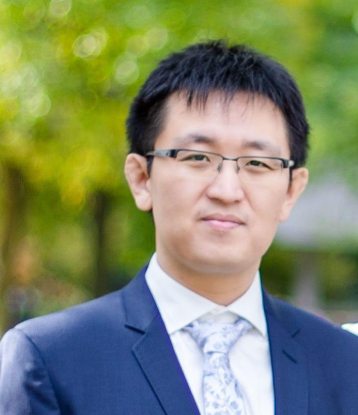 Ask Assistant Professor of Electrical and Computer Engineering Sai Zhang what he predicts for the future, and he points out that we’re already getting glimpses of it. “Just look at what ChatGPT can already do,” he says. “It’s working with words and sentences now, but pictures and video are not far behind, and when you have new inputs, you're going to get exciting new outputs.”
Ask Assistant Professor of Electrical and Computer Engineering Sai Zhang what he predicts for the future, and he points out that we’re already getting glimpses of it. “Just look at what ChatGPT can already do,” he says. “It’s working with words and sentences now, but pictures and video are not far behind, and when you have new inputs, you're going to get exciting new outputs.”
Zhang — who lived in China during his youth but attended high school in New Zealand, where many of his friends were among the indigenous Māori — points out that platforms like ChatGPT need enormous models and that hardware design is just as important as software in their creation.
“In the recent years, we have seen a proliferation of sophisticated Deep Neural Network (DNN) architectures that have achieved state-of-the-art performances across a variety of domains,” he has written. “However, the algorithmic superiority of DNNs comes at extremely high computation and memory costs, which pose significant challenges to the hardware platforms executing them.” He advocates co-designing hardware and DNN algorithms, since DNN architectures and the hardware platform executing them are tightly entwined, and even a slight modification on one could significantly impact the other. His ultimate goal: simple algorithms, low-power hardware architecture, low-latency performance, and fast, user-friendly platforms designed with security and transparency in mind.
Zhang, who studied in Canada for a decade before coming to the U.S. to earn his Ph.D. at Harvard, worked for a time as a research scientist at Meta but had always envisioned a return to academia. He is now launching an eponymous lab at Tandon and is looking forward to recruiting highly motivated students interested in DNN computing, compute-intensive AI applications, and multi-agent reinforcement learning, among other such topics. They’ll be welcome to the lab — and welcome to the future!

